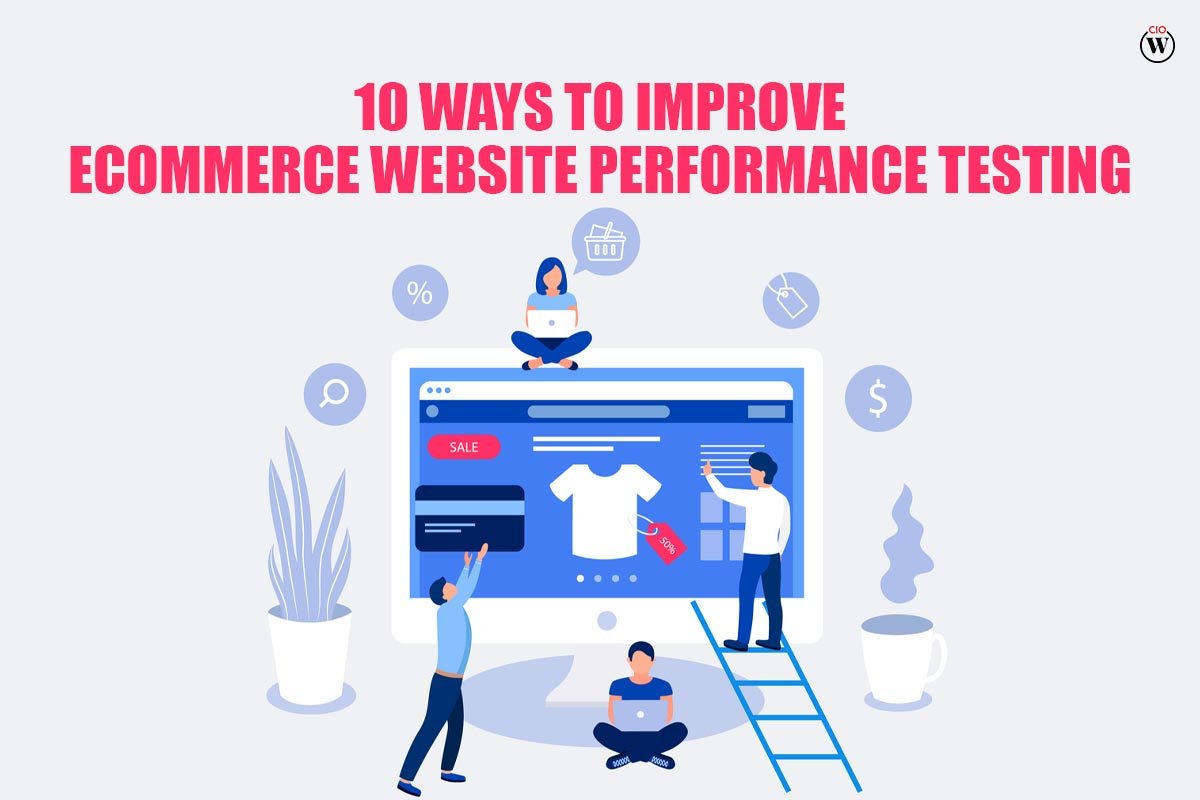Your business operations involve many moving parts. When systems don’t work together, it slows everything down. Tasks pile up, costs rise, and customers wait. But when you streamline your business operations, you reduce waste, save time, and get more done with less effort.
Here are 11 strategies to make your operations smoother, faster, and more focused:
1. Document Your Processes
If your team relies on memory or verbal instructions, errors are more likely. Write down your workflows, break tasks into clear steps, and use process documentation tools like Notion. Clearly include who is responsible for each step and how long it should take. When your process is not clear, you can train new hires faster and spot efficiencies more easily.
2. Automate Repetitive Tasks
Many daily tasks don’t need a human touch, such as scheduling, data entry, and invoice reminders. Use tools like Zapier, Make, or your CRM’s building automations. Automating these tasks saves time and reduces human error. Start small; automate one thing each week. Over time, those minutes saved add up. For example, instead of manually sending follow-up emails, set up an automatic sequence that goes. Automation is key to streamline your business operations.
3. Standardize Communication

Miscommunications slow down progress. Set clear rules for how your team should communicate. Use Slack or Microsoft Teams for quick messages, and email for formal updates. Hold meetings only when necessary and keep them short. Create templates for records, status updates, and client responses. This keeps communication efficient and saves time.
4. Use a Centralized Project Management Tool
Juggling tasks across spreadsheets, email chains, and text messages creates chaos.
Tools like Asana, ClickUp, or Monday keep all your work in one place. Everyone knows what they need to do and when it’s due. Set up dashboards for tracking progress, tag teammates, and comment instead of sending separate messages. This kind of transparency reduces confusion and helps the team stay aligned.
5. Ultimate Workforce Efficiency
Your team is one of your biggest assets, but having the right number of people in the right roles at the right time is what drives efficiency. Start by reviewing workloads. Are some people overworked while others have downtime? Adjust roles to shift priorities to balance things out.
For industries with seasonal demand or large physical operations, having the right staffing partner is critical. The right warehouse staffing solutions can help you scale up or down without slowing operations. Hiring the wrong people or hiring too slowly can lead to delays and lost revenue.
Partnering with specialists means you have trained workers ready when you need them. Don’t just fill positions; focus on fit, training, and long-term performance.
6. Review and Cut Unnecessary Expenses
Look closely at recurring costs. Are you paying for software no one uses? Are suppliers charging more than competitors?
Make it a monthly habit to review subscriptions, vendor fees, and service contracts. Also, review internal processes that cost time. If something takes 10 hours each month and adds little value, find a way to change it or remove it. Savings aren’t just about money; time is just as important.
7. Simplify Your Tech Stack
Too many tools can slow your team down. When employees have to jump between five apps to complete one task, something’s wrong.

Audit your tools, look for overlap, and switch to platforms that combine functions like CRM, email marketing, and sales automation in one tool. Choose tools that integrate well with others to avoid data silos. Tip: Ask your team which tools they find helpful and which ones create friction.
8. Delegate and Empower
Leaders who try to do everything become bottlenecks. Delegating isn’t just about getting tasks off your plate; it builds trust and frees up your time for high-impact work. Train your team, set clear expectations, and give them the space to own their roles.
Create standard operating procedures so others can step in when needed. Just be sure that delegation works best when people know exactly what success looks like, a key element to streamline your business operations.
9. Measure Performance and Set Clear KPIs
You can’t improve what you don’t measure. Identify the key metrics that matter most in your business; those could be lead conversion rate, production time, order accuracy, or customer retention.
Set clear targets and track them weekly or monthly using simple dashboards that everyone can understand. When your team sees how their work connects to the big picture, they stay focused and motivated. An example: if you run a fulfillment center, track on-time shipments, average pick and pack time, and error rates.
10. Schedule Operational Reviews
What works now? Make time to step back and review how your business runs. Hold monthly or quarterly reviews focused only on operations. Look for slowdowns, complaints, or tasks that take too long. Ask your team where they see wasteful friction.

Often, the people closest to the work have the best insights. Use these reviews to set goals for the next period. Make one or two process improvements at a time; don’t try to fix everything at once to continually streamline your business operations.
11. Improve the Customer Experience
Improving customer experience through streamlining isn’t just about internal processes; it also means making things easier for your customers. Start by mapping the customer journey, identifying every touchpoint from first contact to post-sales support. Look for friction points, such as long wait times, complicated checkouts, and missed follow-ups.
Then, simplify your website navigation, provide contact options for quick answers, and establish self-serve help centers for common questions. Train your team to respond quickly and clearly, ensuring that support tickets are tracked and resolved swiftly.
Even small improvements, like sending order confirmations or asking for feedback, can reduce confusion and build trust. When customers have a smoother experience, they are more likely to return, refer others, and leave positive reviews. That’s operational efficiency with real business impact when you streamline your business operations with the customer in mind.
Final Thoughts
Streamlining operations isn’t a one-time fix; it’s a habit. The more often you review, adjust, and simplify, the easier it becomes to scale your business.
Start with the strategies that address your biggest pain points. If your team is stretched thin, focus on staffing and delegations; if delays come from outdated tools, streamline your tech stack first.
Small changes compound; each improvement gives your team more time, focus, and clarity. When your business runs smoothly, your customers notice. Which of these strategies will you apply first to streamline your business operations?









